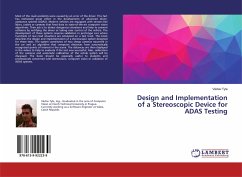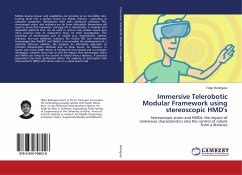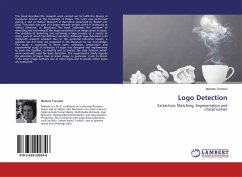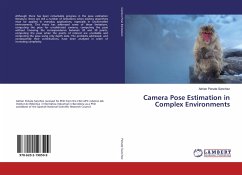
Design and Implementation of a Stereoscopic Device for ADAS Testing
Versandkostenfrei!
Versandfertig in 6-10 Tagen
27,99 €
inkl. MwSt.

PAYBACK Punkte
14 °P sammeln!
Most of the road accidents were caused by an error of the driver. This fact has motivated great effort in the development of advanced driver-assistance systems (ADAS). Modern vehicles are equipped with sensors like lidars, radars or cameras that feed data to state-of-the-art computer vision algorithms. Their job is to detect dangerous situations and help to prevent collisions by notifying the driver or taking over control of the vehicle. The development of these systems requires validation in prototype cars where hundreds of real road situations are simulated on a test track. This book describ...
Most of the road accidents were caused by an error of the driver. This fact has motivated great effort in the development of advanced driver-assistance systems (ADAS). Modern vehicles are equipped with sensors like lidars, radars or cameras that feed data to state-of-the-art computer vision algorithms. Their job is to detect dangerous situations and help to prevent collisions by notifying the driver or taking over control of the vehicle. The development of these systems requires validation in prototype cars where hundreds of real road situations are simulated on a test track. This book describes the design and implementation of a stereoscopic system designed for these tests. The system constitutes of two cheap cameras mounted in the car and an algorithm that computes distances from automatically recognized points of interest in the scene. The distances are then displayed in the videos to help to evaluate if the test was successful. Also, calibration of the cameras and automatic calibration of the whole system will be discussed. The book should be especially useful to students and professionals concerned with stereovision, computer vision or validation of ADAS systems.












